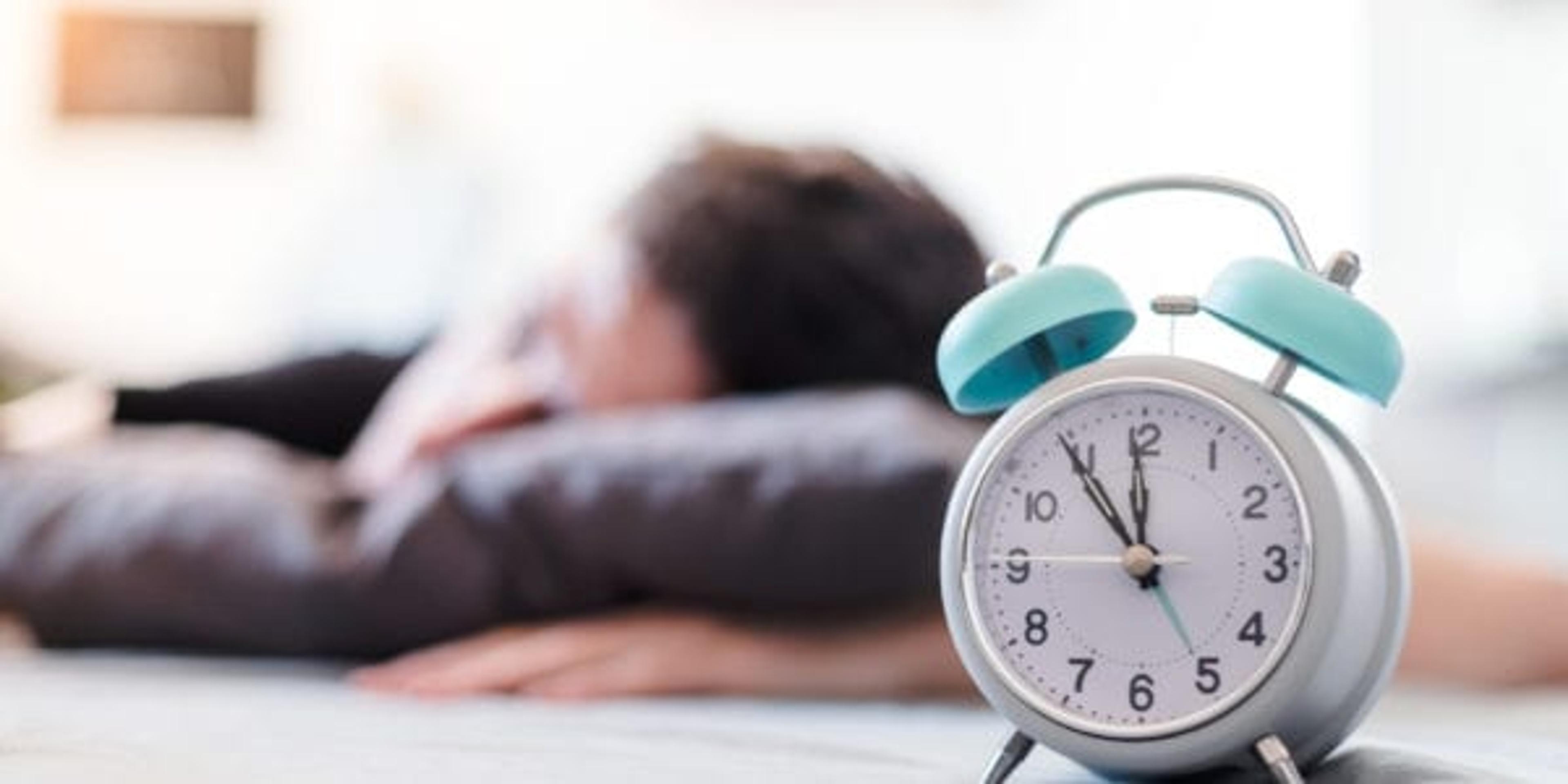How Daylight Saving Time Can Affect Your Body
Shandra Martinez
| 3 min read

Even though we all know it happens twice a year, somehow the shift that comes with Daylight Saving Time (DST) can sneak up on us. This year, DST starts on Sunday, March 10 and ends on Sunday, Nov. 3.
In the spring every year we get the short end of the stick in terms of losing an hour of sleep between Saturday night and Sunday morning. But on the bright side (literally), the sun sets later in the day when we "spring ahead," giving us more late afternoon sunshine than in the winter.
DST has been mandated by the government for more than 50 years. It was designed to give everyone a little more daylight into the evenings during the warmer months of the year by setting the clocks ahead one hour each spring. But this seasonal see-saw can also affect our bodies. For some people, these impacts might include serious health problems. For others, it can have a lingering effect on their mental health.
Short-Term Impacts
The quality of your sleep might be the most noticeable issue during a DST transition period. Research has shown that annual time changes can affect some people’s circadian rhythm – the internal 24-hour clock guiding your sleep and wake cycles. Just a one-hour shift in that cycle can have people feeling the effects for up to a week, according to Harvard Heath.
Despite the promise of an extra hour of sleep in the fall, most people don’t really take advantage of that. During the days following a DST shift, some people have trouble falling asleep at their regular time, and others wake up during the night. Interrupted sleep can leave you feeling groggy and irritable.
Long-Term Impacts
More concerning than the patchwork shut-eye are the serious health issues that DST can cause in some people. When we lose an hour each spring, people with heart disease may be more likely to have heart attacks, doctors have said, according to the Associated Press. Conditions like obesity and diabetes can also be linked to changes in a body’s circadian rhythm.
Those with Seasonal Affective Disorder, whose mental health can be linked to the changes in the season, might find the fall time change sparks feelings of sadness or depression when it starts getting dark earlier. Recognizing these symptoms and talking to your health care provider about them is an important step toward feeling better.
How to Transition During DST
To help you breeze through the next time change, The Cleveland Clinic has put together some tips. Here are a few:
- Ease back on the alcohol and caffeine: A few hours before bedtime, stop drinking alcohol and any caffeinated beverages.
- Don’t nap: If your sleep has been sketchy, you might be tempted to take a long midday nap. Don’t do it. It can make it harder to fall asleep at night, starting that bad sleep cycle all over again.
- Stick to your regular daily meal and exercise routine: Regular workouts will help ensure a better night’s sleep.
Related:
- How To Adjust Baby Sleep Hours for Daylight Savings
- Sleep Cycles: What Really Happens When You Sleep
- Spring Forward Easily! How to Adjust to the Time Change
Photo credit: Getty Images





